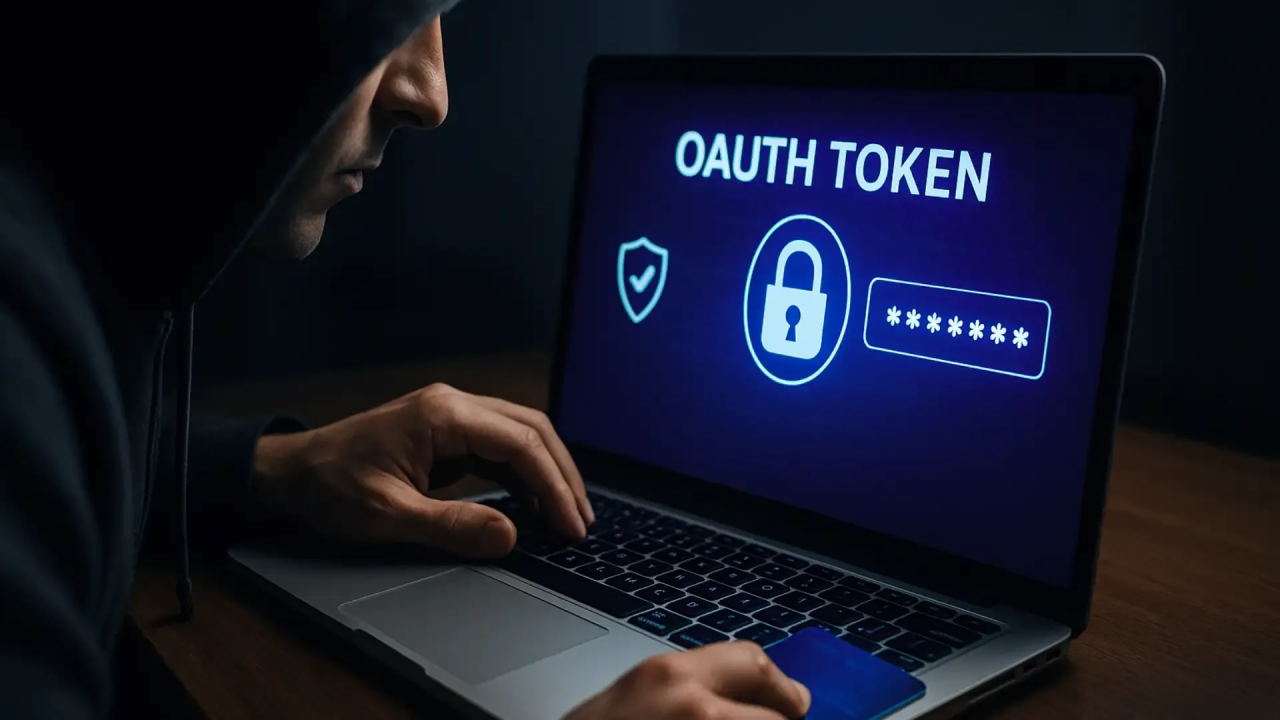If you manage access across multiple tenants or cloud environments, you’ve probably encountered OAuth. It’s convenient, it’s modern — and it’s quietly become a major attack vector.
Recent reporting from CyberNews shows that attackers are now abusing OAuth tokens to keep access even after password resets. That revelation reinforces why TechIDManager deliberately avoids OAuth tokens in its architecture.
Let’s go into more detail on why that decision matters.
OAuth Tokens: The Convenience That Comes with a Cost
OAuth was designed for delegation — a way to let one app act on behalf of another without sharing credentials. But that delegation often comes with broad permissions and long-lived access.
When a malicious app is granted OAuth consent, it can use those tokens indefinitely until consent is revoked. Password resets and MFA re-prompts won’t automatically cut it off. That means an attacker can stay hidden long after you think you’ve evicted them.
Microsoft, Red Canary, and other researchers have documented entire attack campaigns built around this tactic — using OAuth tokens as persistence mechanisms that survive password changes.
TechIDManager’s Different Approach: Tokenless by Design
TechIDManager’s architecture avoids OAuth tokens altogether. Instead of holding privileged tokens centrally, it runs operations inside each customer’s tenant through lightweight, scoped Azure Functions.
That design means:
- No central storage of bearer tokens for attackers to target.
- No vendor backdoor access into customer environments.
- Local control stays with the tenant — permissions are granted and revoked entirely within their boundary.
The result is a cleaner, safer privilege model that aligns with the principle of least privilege — and eliminates a high-value target class that attackers increasingly exploit.
Why It Matters Now
The CyberNews story isn’t hypothetical — it’s a signal. OAuth token abuse is real, persistent, and growing.
As attackers shift away from passwords and toward tokens and consents, TechIDManager’s tokenless model becomes more than a design choice — it’s a security advantage.
If your goal is to minimize trust and reduce persistence risk, removing OAuth tokens from the equation is one of the strongest moves you can make.
TechIDManager’s design doesn’t just avoid OAuth tokens — it removes a whole class of vulnerability that many modern systems still haven’t recognized.
Want to explore what using TechIDManager would look like for you? Book a Demo



